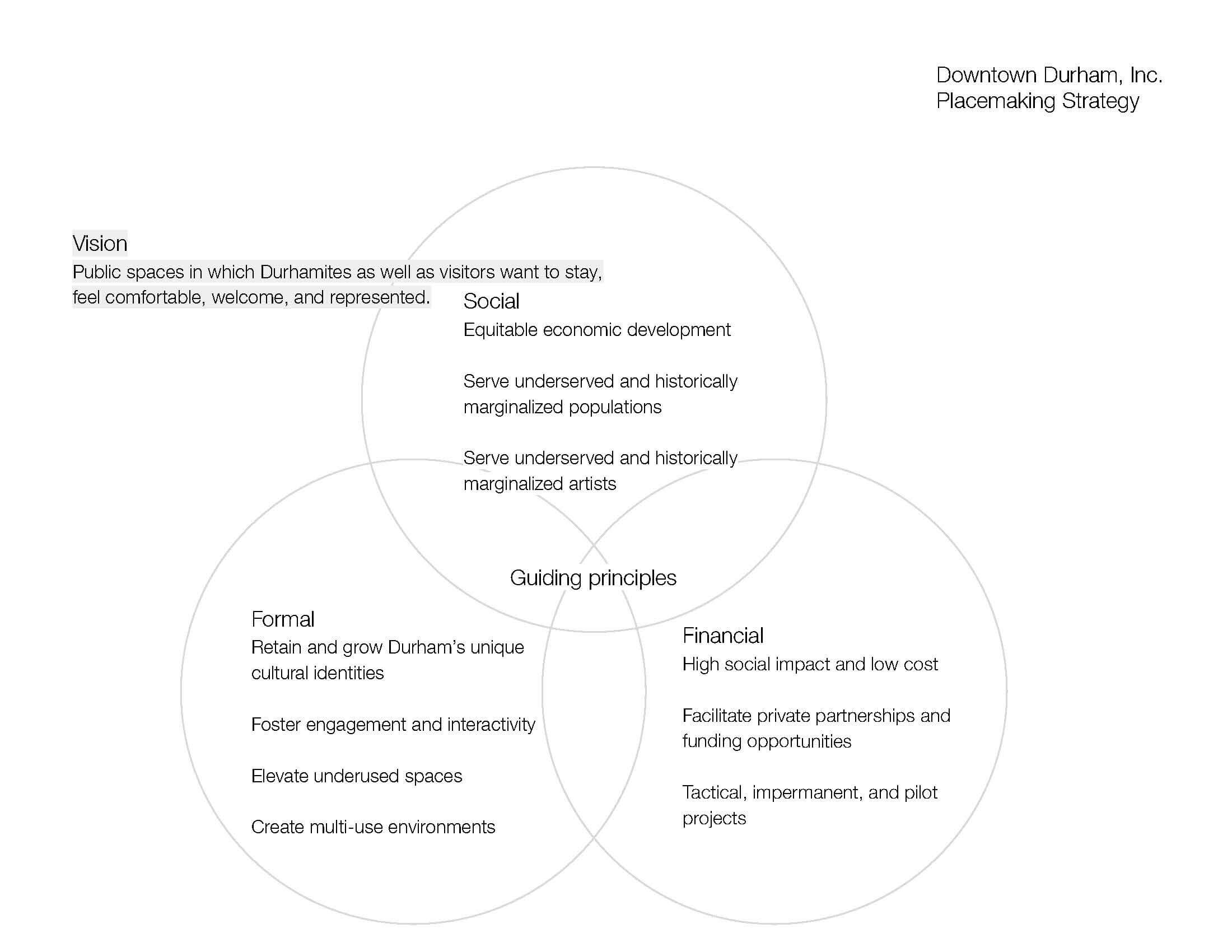Policy: The Public Space Project
is a public art granting program designed to support emerging artists and the local creative ecosystem.
Highlights
Over the course of 3 seasons, the Public Space Project:
Funded the execution of 15 public art projects;
Injected almost $50,000 into the local creative economy;
Was awarded funds from the Mary Duke Biddle Foundation;
Received sponsorship from private partners;
Was recognized as a Best Practice by the International Downtown Association;
Was lauded by local press, the City Council, the Durham Cultural Advisory Board, and the Durham Public Art Committee;
Pivoted to include online elements to support public art and engagement during the pandemic;
Advanced the experience of emerging local artists; and
Established DDI as a leader in the Durham arts community.
Inaugural Awardees
Four distinct projects were produced across various mediums.
Produced for: Downtown Durham, Inc.
Location: Durham, North Carolina
Year: 2018 - 2020 (3 Seasons)
Role: Project Director
…rich with blurred genres and mediums, site-specific perambulations, audience interaction and social immersion…. with a process designed to include diverse artists, perspectives, audiences, and communities.
“DDI’s Public Space Project Is an Audacious, Inclusive New-Durham Turn for a Venerable Old-Durham Nonprofit.” INDY Week, August 2018
Alley Activation
The project funded participatory public artworks, while also encouraging the activation of underutilized public spaces.
Context
Durham, North Carolina is a quickly growing city known for its diversity, creative culture, restaurant scene, and growing research and tech industries. Over the last few decades, it has been recognized as a desirable place for investment as the population and local industries boom. However, as property values and rents soar, artists that contributed to the rich culture that attracted this influx are finding themselves at the risk of displacement.
These tensions, combined with the robust economic environment, led Downtown Durham Inc. (DDI), a key player in the revitalization of the downtown district, to shift their focus to maintaining the character of the city through inclusive cultural investments. Ultimately, DDI sought to encourage all people to spend time downtown, while feeling welcomed, represented, and safe.
To align their efforts with their vision, Stein developed DDI’s first Placemaking Strategy. As an extension of the values and priorities identified in the strategy, the Public Space Project became DDI’s first public art program and downtown Durham’s first creative placemaking grant program.
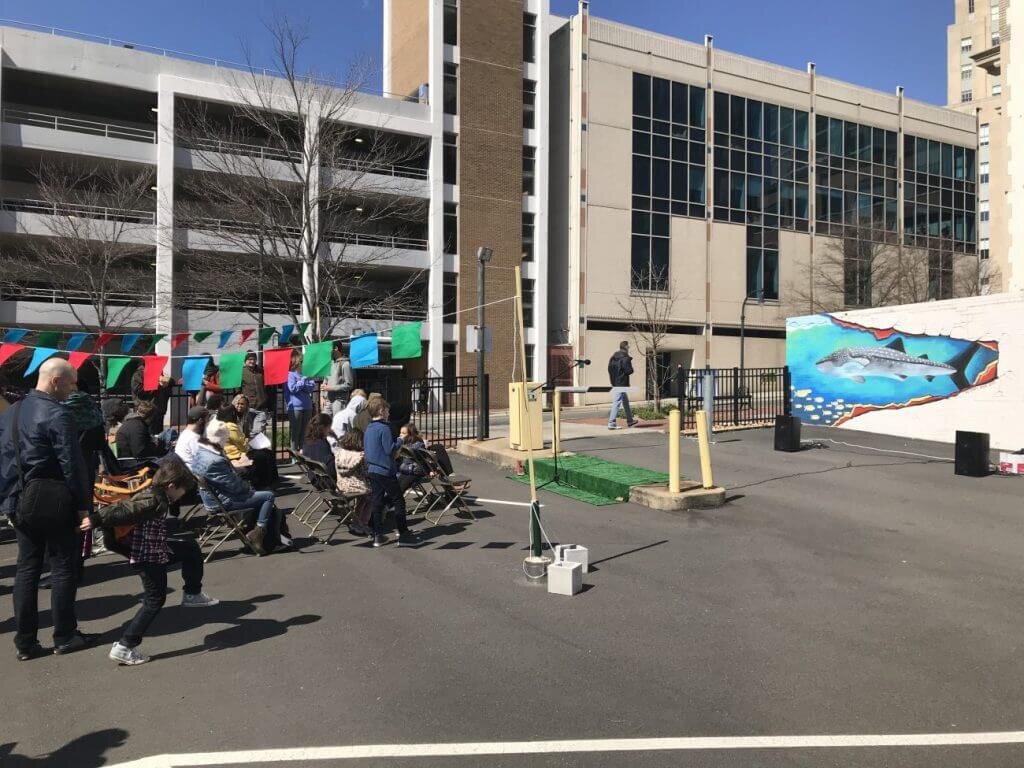
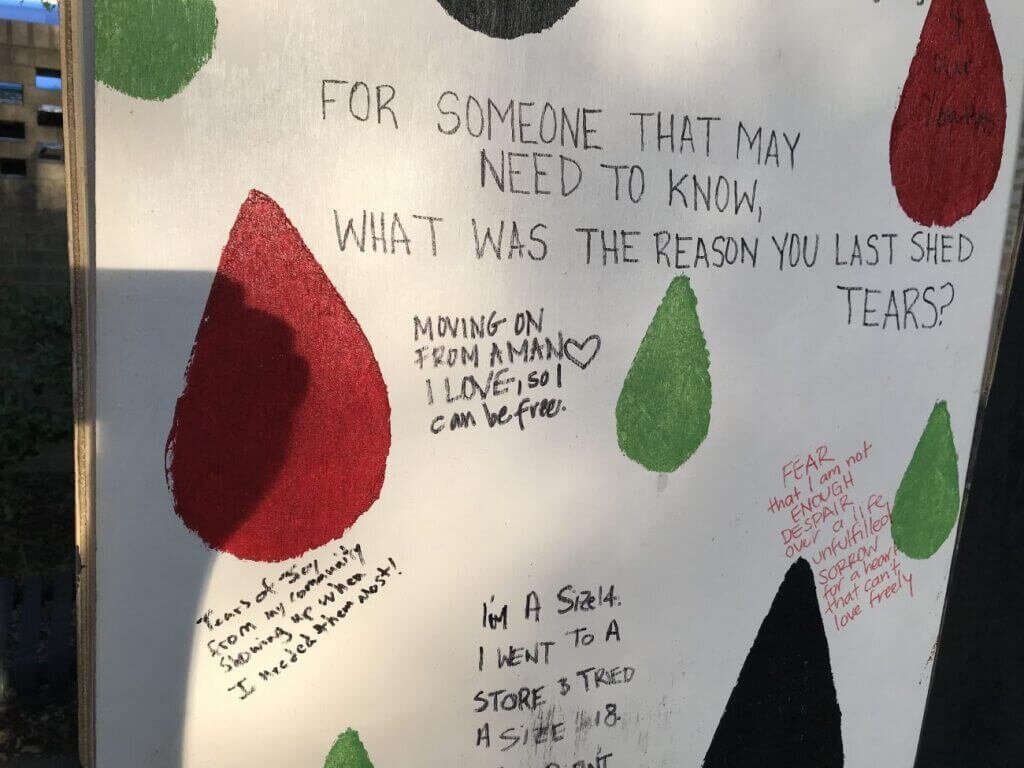

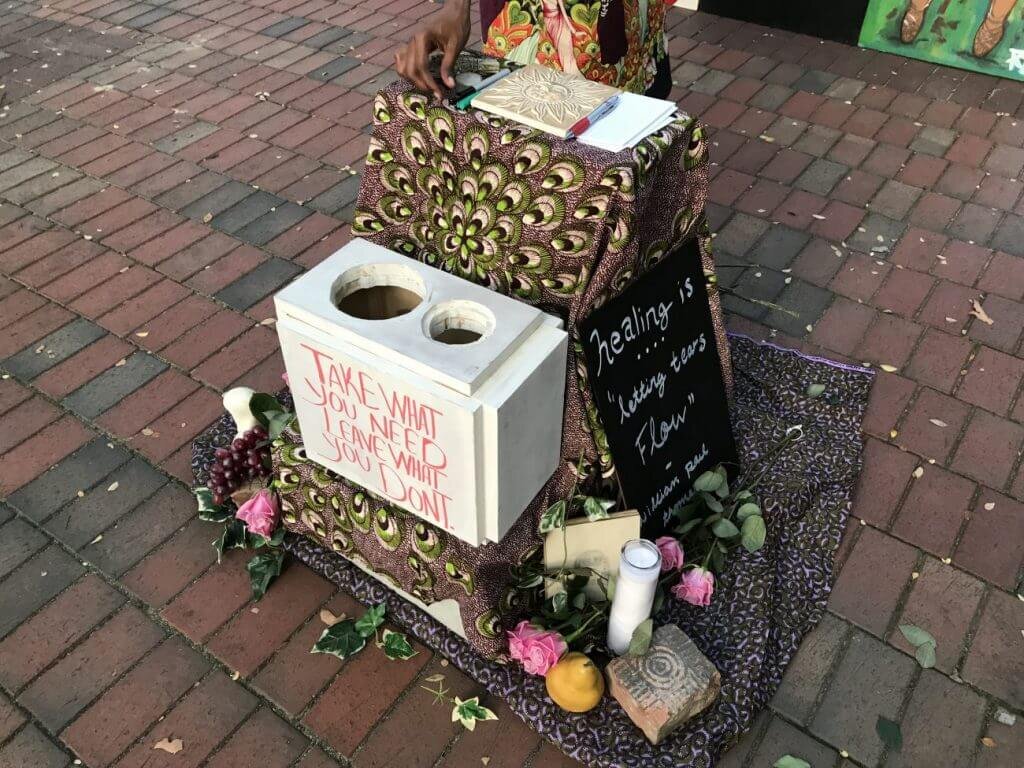
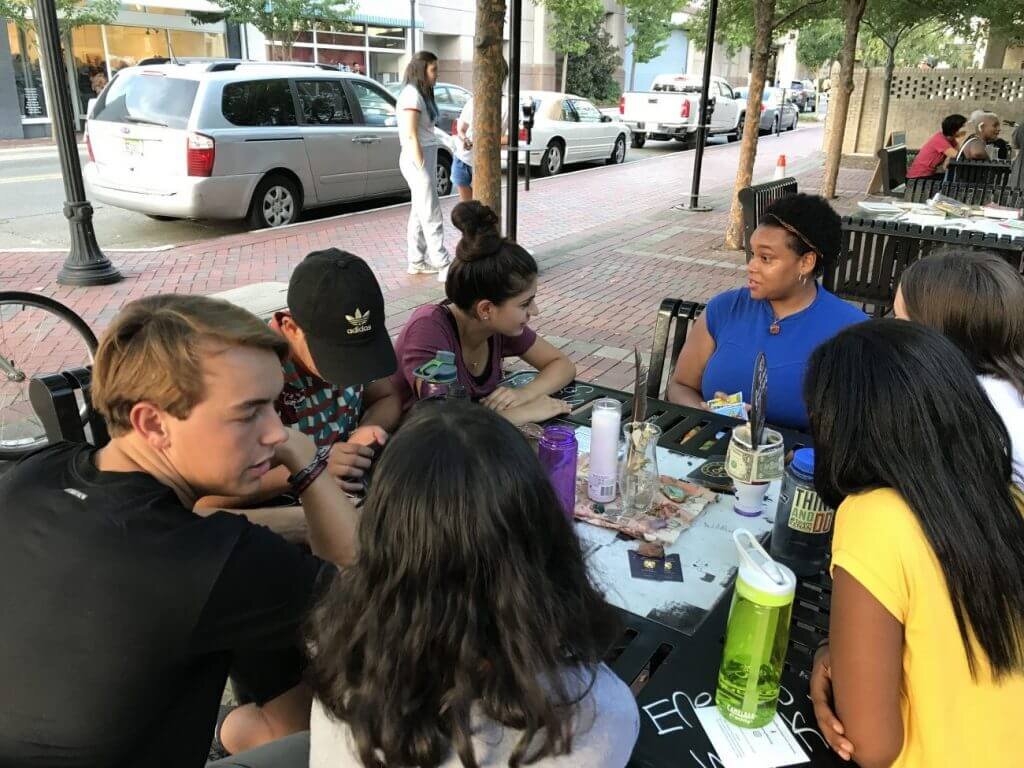





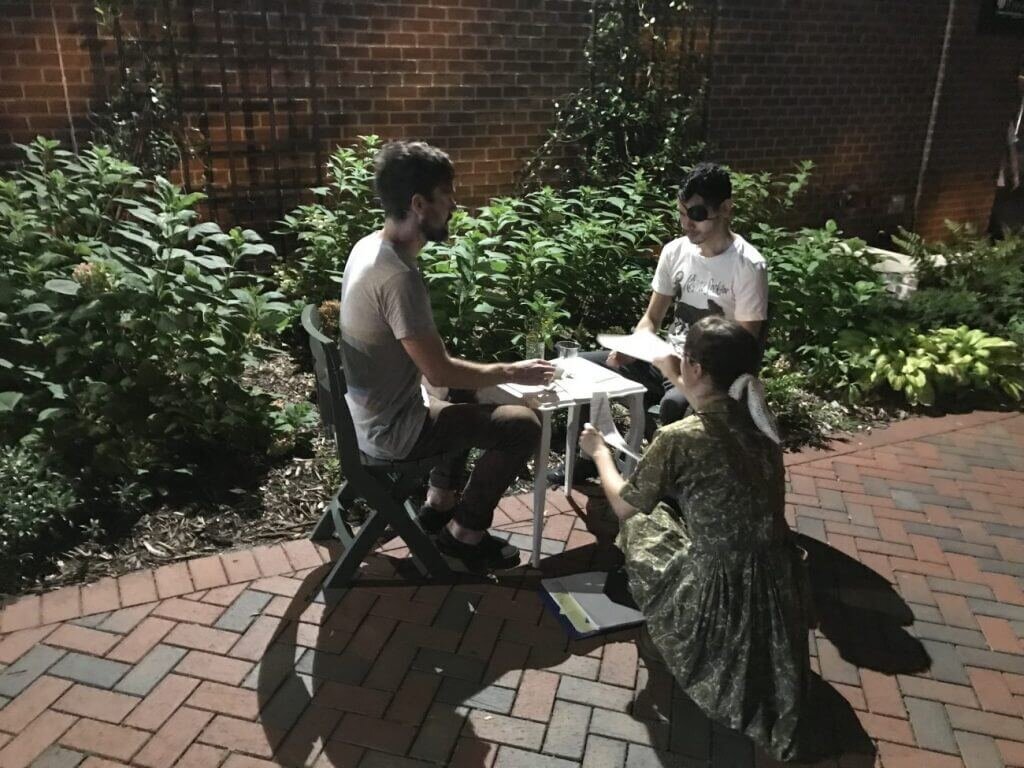
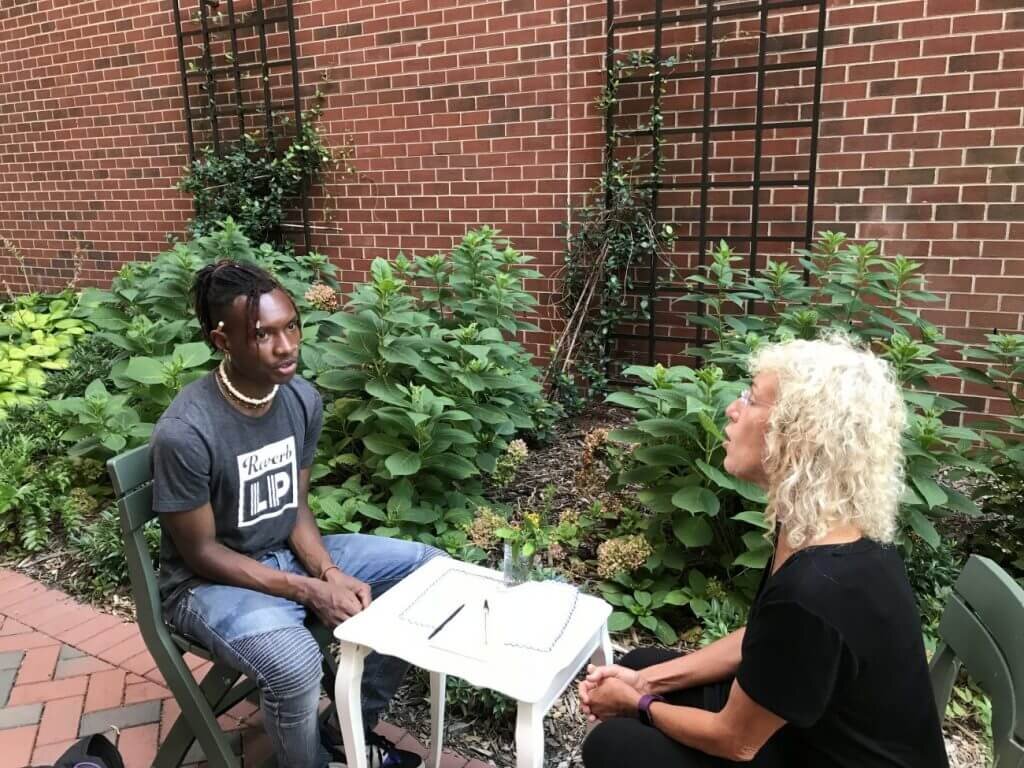
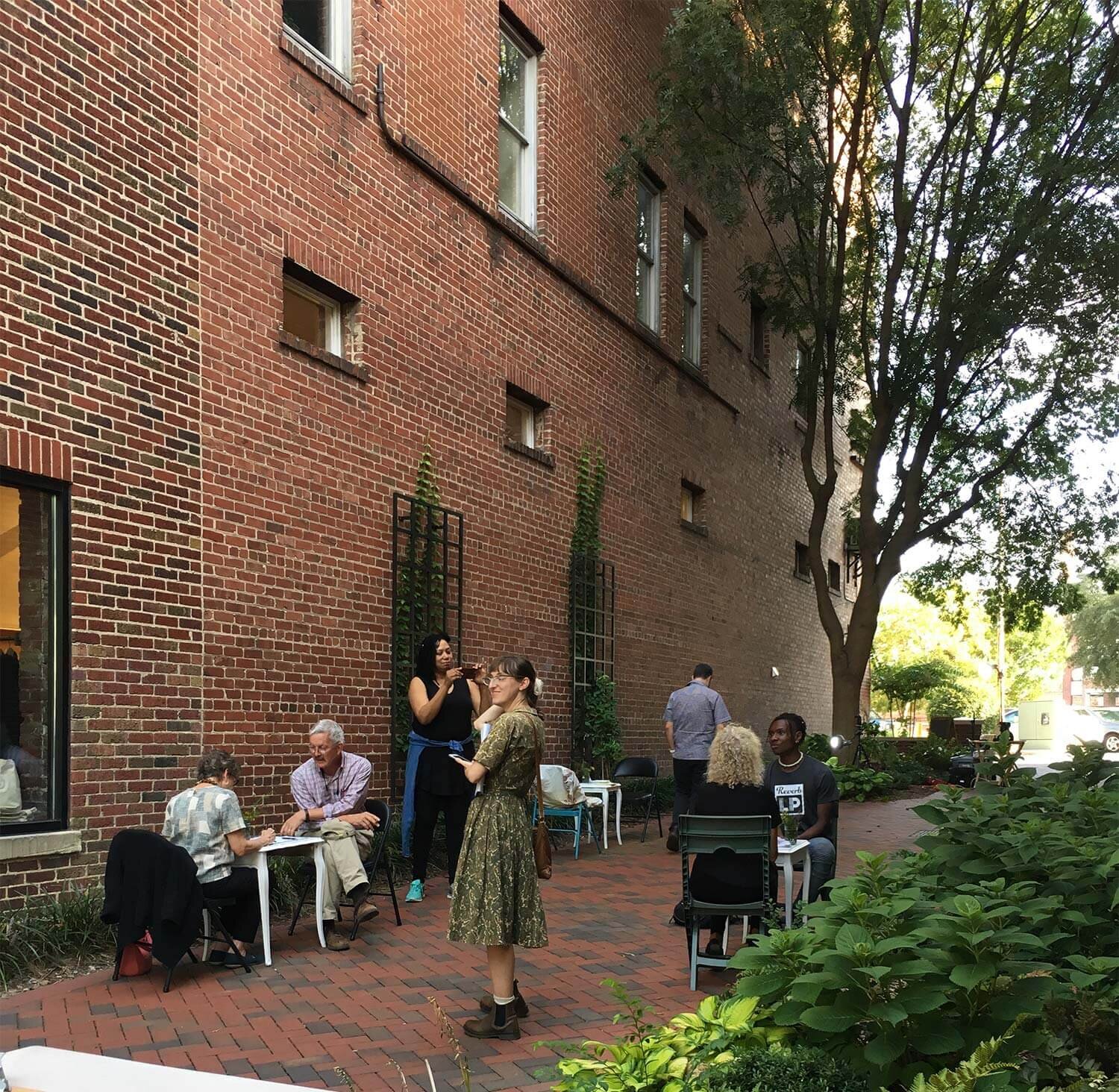
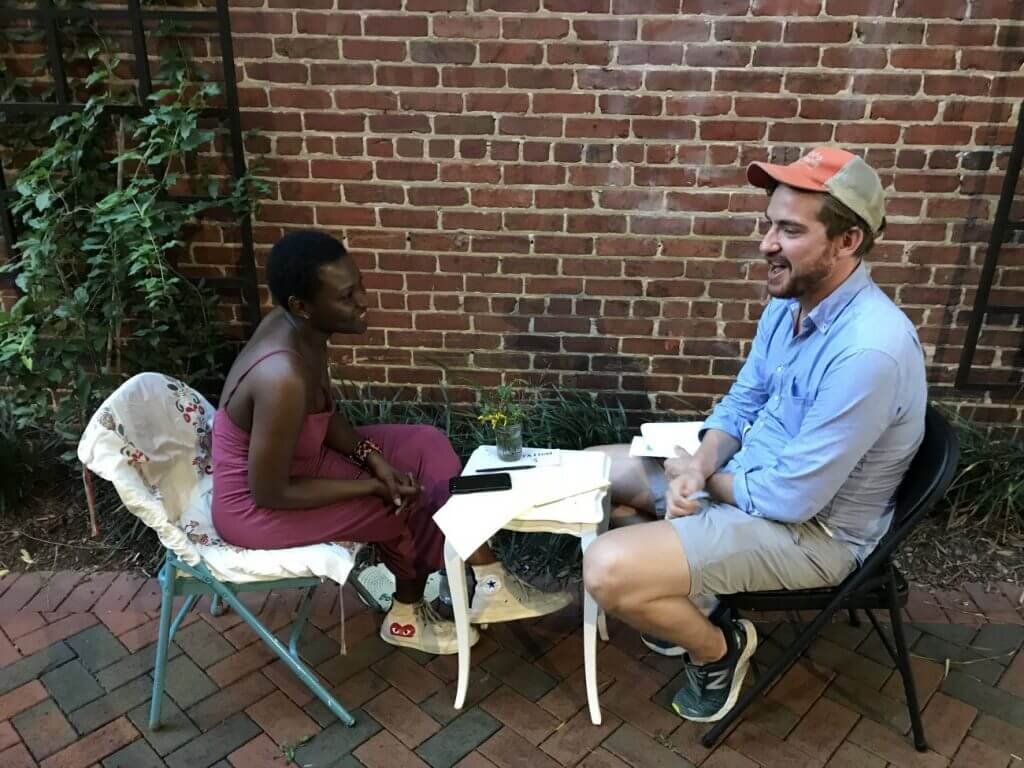
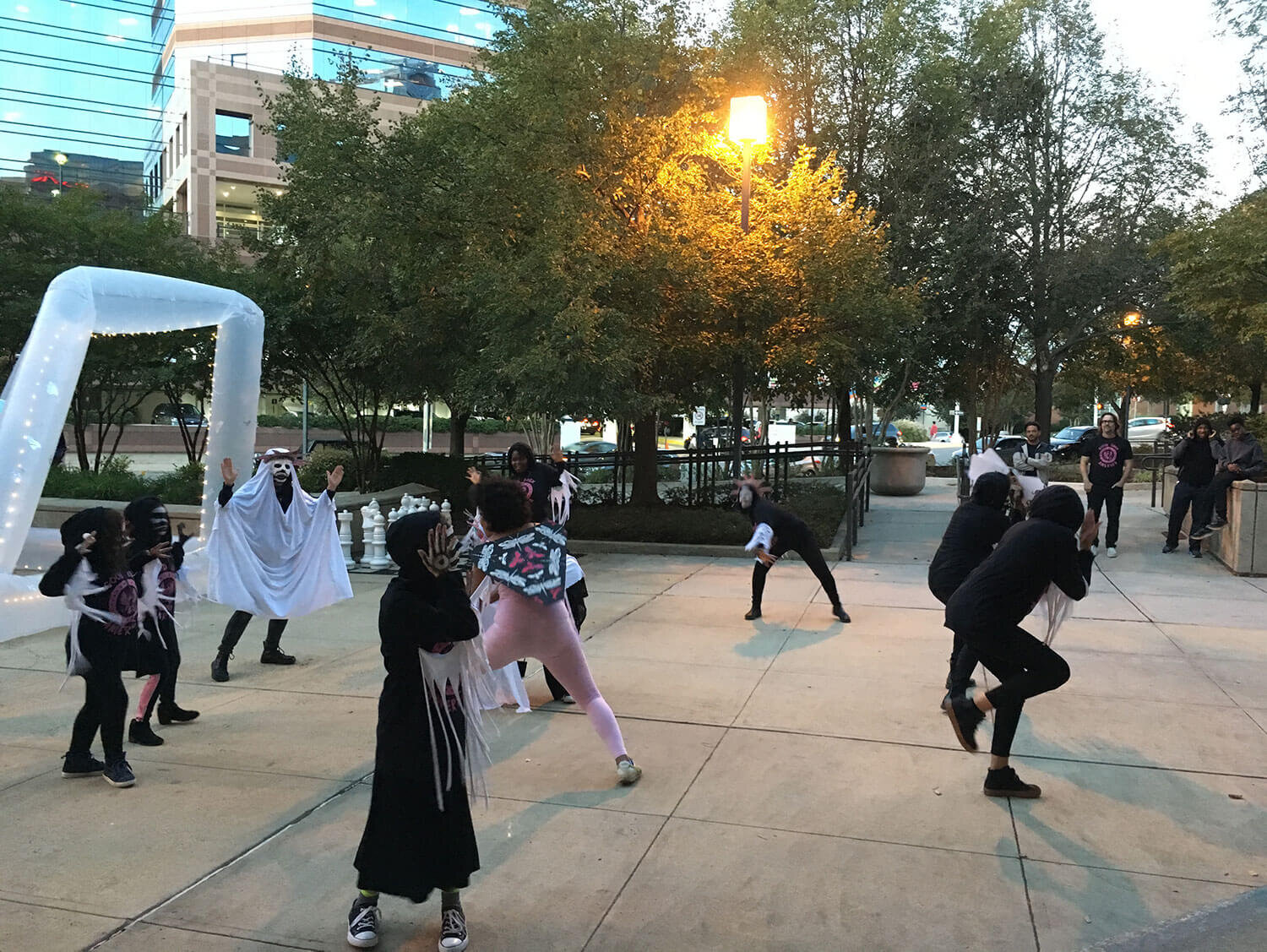

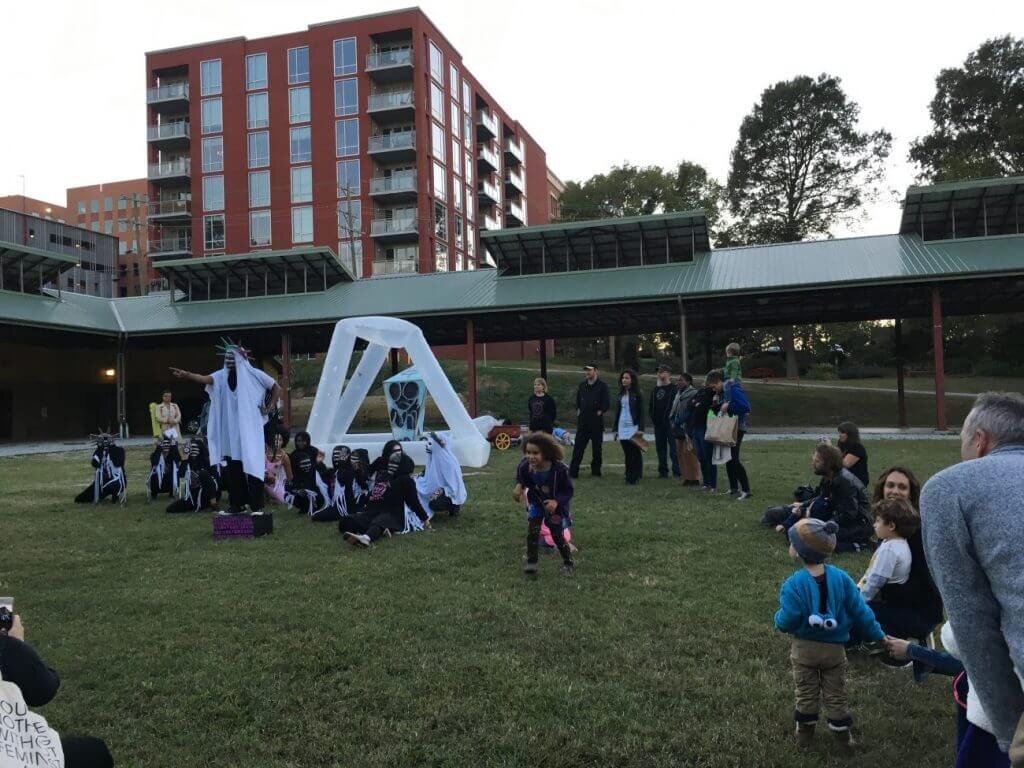
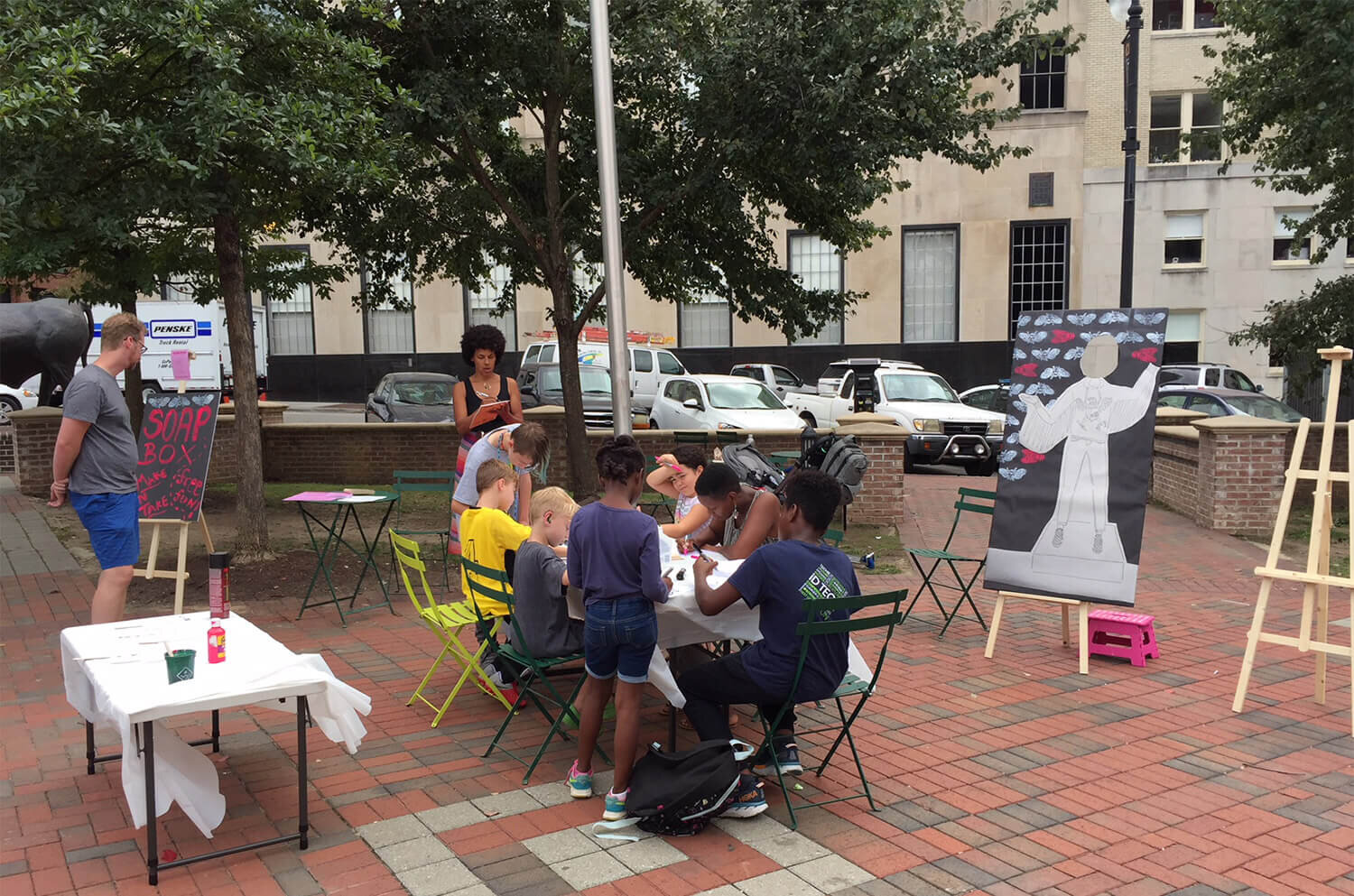



Amethyst, Psalms, & Florida Water - Young, Gifted, & Broke
An expression of community healing through a pop up art show and wellness center established in Five Points Plaza.
Portraits in Common (2018) - by Wendy Spitzer (Felix Obelix) and Douglas Vuncannon
Participants discovered the most unusual thing they share in common, within 5 minutes of meeting.
Process and Outcomes
The vision and goals of the organization, community, and Placemaking Strategy influenced each stage of the process. Local artists were consulted at every level, beginning with the concept and application considerations.
Stein actively managed the design and development of the Public Space Project from program conception to artwork execution. This included:
Identifying the direction, objectives, and metrics of success;
Writing the application, contracts, and marketing materials;
Coaching applicants through their concept and budget;
Establishing diverse selection committees and facilitating meetings;
Advising artists on project execution and site logistics;
Coordinating with businesses and city departments to secure permits and permissions;
And incorporating feedback to continually improve the program and its processes.
With a goal of reaching local emerging and historically marginalized artists, the program does not require resumes or previous experience in public art. During the open call period, workshops are held to assist artists with their application and concept, and to offer practical budget guidance. Budget workshops ensure artists and their collaborators are being paid fairly.
The Public Space Project has successfully filled a gap within the local arts ecosystem, offering not only funding, but also functional coaching and experience. The program builds the capacity of local artists to compete on a larger scale for other projects and public commissions.
The 3rd season of the program was awarded with additional grant funds from the Mary Duke Biddle Foundation, as well as sponsorship from local businesses.
The Public Space Project has been recognized as a model of successful and equitable public arts programming by local media, the International Downtown Association, the Durham City Council, the Durham Cultural Advisory Board, and the Durham Public Art Committee.
Key Insights:
Seek and implement feedback from the artists in the program, especially those who represent marginalized populations;
If programming events, consider semi-permanent or longer term installation components to increase access and impact;
Hold office hours at accessible times and locations to help applicants workshop their application, ideas, and budgets;
Encourage phone calls and constructive dialogue prior to application submission;
Create budget worksheets that include suggested rates for artists, permitting fees, and budgeting guidelines; and
Create a map of suggested locations that are accessible, have electricity, and have supportive property owners.
Public Space Project Selections
Season 3
Hayti Heritage Center, Walk this Way: Reconnecting Hayti and the Heart of Durham
Ramya S. Kapadia and Sampada Agarwal, Durham Warli Mural
Chris Vitiello, The Cabinet of Wishes
Will Hackney and BJ Warshaw, Symphony for 100 Toy Keyboards
Blackspace, Pan-African Beats
Durham Independent Dance Artists, Dancing in the Street
Jaguar Perry, Bull City Sound Garden
Season 2
Candy Carver, Paint Durham
Kristi Stout, Bethany Bash, and Nina Oteria, The Corcoran Poetry Wall
Julia Gartrell, The Radical Repair Shop
Michelle Gonzalez-Green, Call Your Ancestor
Season 1
Wendy Spitzer (Felix Obelix) and Douglas Vuncannon, Portraits in Common
Marcella Camara, Amethyst, Psalms & Florida Water
Ashley Swindoll, The Instrumental Wax Project
Kamara Thomas, Soapbox
Additional Funding Provided by:
Local private partners
Press:
Howe, Brian. “Poetry Foxing, Mindful Movement, and Warli Painting Kick Off Downtown Durham, Inc.'s Public Space Project.” INDY Week, 6 April 2020.
Howe, Brian. “DDI’s Public Space Project Is an Audacious, Inclusive New-Durham Turn for a Venerable Old-Durham Nonprofit.” INDY Week, 15 August 2018.



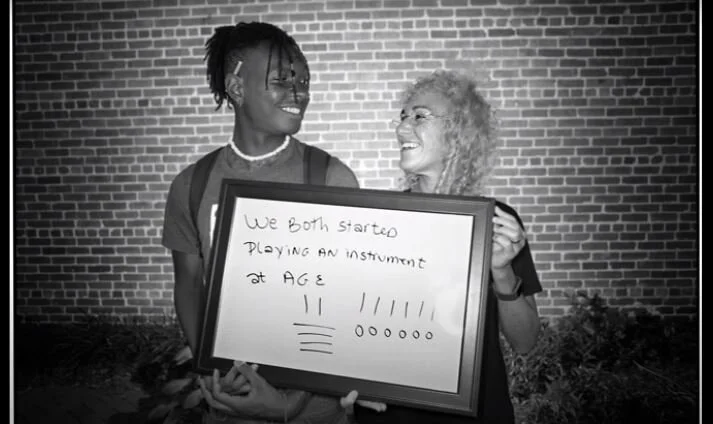


![Public Art: Fügung des Schicksals [Twist of Fate]](https://images.squarespace-cdn.com/content/v1/611c4a9feab4d91413c4ae77/65cfd2d0-c30d-436d-982d-5321a56a1dcd/RSteinWexler-F%C3%BCgung-des+Schicksals-Twist-of+Fate.jpg)
![Public Art: Wahlfamilie [Chosen Family]](https://images.squarespace-cdn.com/content/v1/611c4a9feab4d91413c4ae77/656a9772-01f9-4ef2-8bae-2bcc1c87a863/RSteinWexler-Public-Art-Wahlfamilie-Chosen-Family.jpeg)


![Proposal: Willkommenskul[p]tur](https://images.squarespace-cdn.com/content/v1/611c4a9feab4d91413c4ae77/1629617643536-EVZ02Z8DZ7OT9EN54XE0/Stein-Wexler-Willkommenskultur-Public-Art-Proposal-Immigration-Welcome-Culture.jpg)

